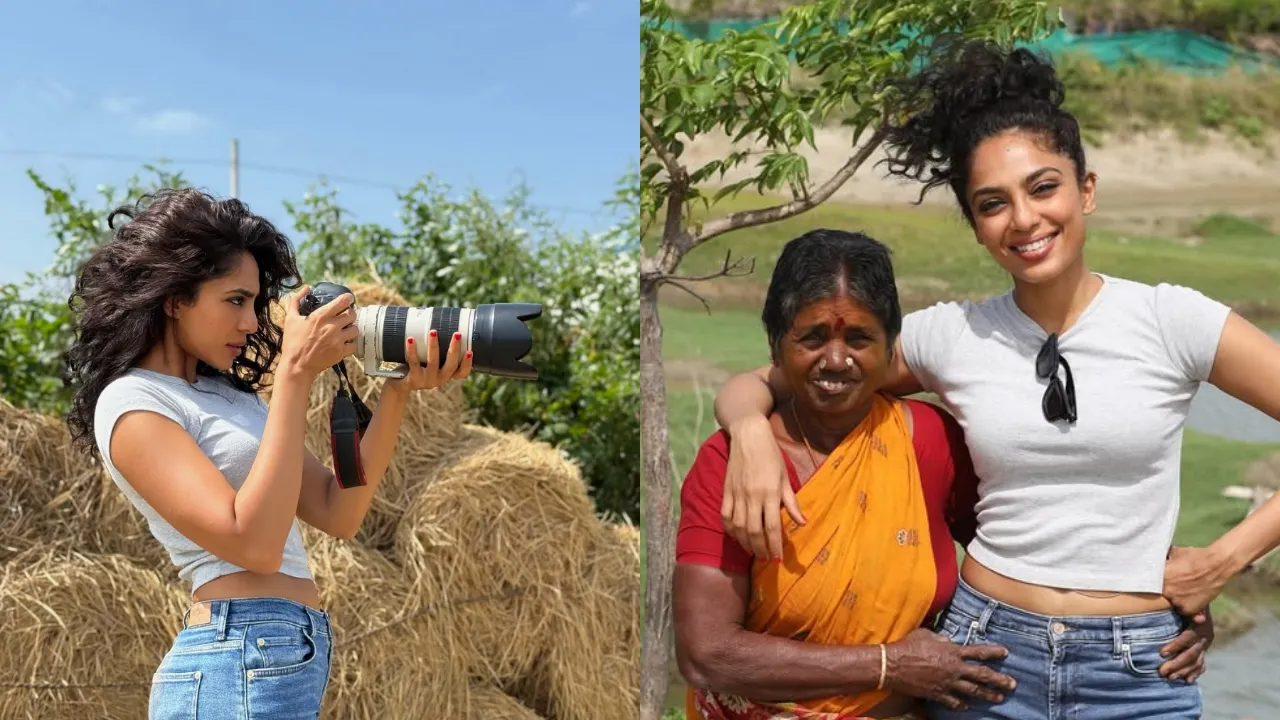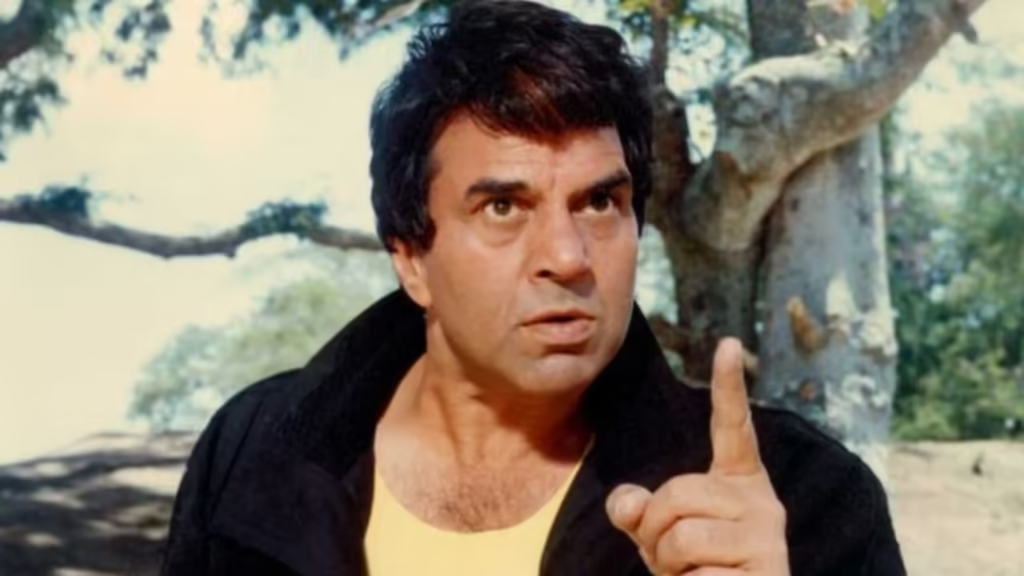Now Reading: Sobhita Dhulipala’s Tamil Nadu Travel Diary Captures Hearts on Instagram
-
01
Sobhita Dhulipala’s Tamil Nadu Travel Diary Captures Hearts on Instagram
Sobhita Dhulipala’s Tamil Nadu Travel Diary Captures Hearts on Instagram

Actor Sobhita Dhulipala recently offered a glimpse into her serene travels across Tamil Nadu, and her photo diary has quickly become a favorite among fans. Blending traditional aesthetics with her signature minimalism, Sobhita’s journey—captured through raw and artistic frames—has resonated with a wide audience. For many from Tier 2 cities, her posts feel refreshingly grounded and culturally rich.
Capturing Simplicity with Depth
Sobhita’s travel pictures don’t chase glamour—they capture moments. Whether it’s a quiet temple corridor, a rural landscape under soft sunlight, or her enjoying a plate of local cuisine, the visuals evoke nostalgia and simplicity. Her ability to blend into the environment rather than stand out makes the posts feel authentic and deeply relatable.
She often pairs the images with thoughtful, sometimes poetic captions—bringing attention not just to the places, but to how they made her feel.
Spotlight on Tamil Nadu’s Beauty
Through her lens, Tamil Nadu’s everyday beauty comes alive. The photos show a side of the state not often highlighted in mainstream travel posts—peaceful backstreets, old architecture, temple rituals, and nature in its raw form.
For many viewers from cities like Coimbatore, Trichy, and Madurai, the visuals spark a sense of familiarity. For others, they offer inspiration to explore their own roots or nearby destinations in a slower, more mindful way.
Digital Audience, Real Connection
Sobhita’s Instagram presence stands out because it’s not curated just for likes—it carries personality. She avoids loud filters or heavy edits. Instead, the visual storytelling is intimate, almost journal-like. The comments section on her Tamil Nadu posts is filled with praise from both longtime fans and new admirers who appreciate the balance between celebrity and authenticity.
In an era of over-polished content, this honesty feels refreshing, especially to youth in smaller towns who value grounded content over staged luxury.
Cultural Echoes for the Indian Heartland
Her choice to highlight regional India—without exoticizing it—matters. It reminds digital audiences in Tier 2 cities that their own streets, traditions, and routines hold meaning and beauty. For aspiring artists and creators, it sends a subtle message: storytelling doesn’t always need extravagance; it needs honesty.
Conclusion:
Sobhita Dhulipala’s Tamil Nadu travel diary isn’t just a series of aesthetic pictures—it’s a tribute to slowing down, noticing the little things, and finding charm in the ordinary. As more people scroll through her journey, they’re reminded of the richness within India’s own landscape—waiting to be experienced, not just seen.

























